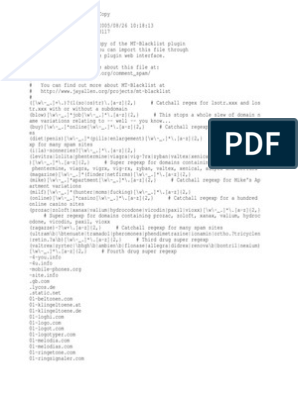0% found this document useful (0 votes)
237 views19 pagesThe Buying Cycle
The buying cycle refers to the key events and processes involved in a fashion buyer purchasing a garment range for a retail company. It typically takes a year and involves reviewing past season sales, budget planning, comparative shopping, directional shopping, range planning with samples, selecting and ordering final ranges, sampling, manufacturing, delivery to retailers, and customer purchase. The goal is to ensure the right products are available at the right time and price based on customer demands.
Uploaded by
siewspahCopyright
© © All Rights Reserved
We take content rights seriously. If you suspect this is your content, claim it here.
Available Formats
Download as PPTX, PDF, TXT or read online on Scribd
0% found this document useful (0 votes)
237 views19 pagesThe Buying Cycle
The buying cycle refers to the key events and processes involved in a fashion buyer purchasing a garment range for a retail company. It typically takes a year and involves reviewing past season sales, budget planning, comparative shopping, directional shopping, range planning with samples, selecting and ordering final ranges, sampling, manufacturing, delivery to retailers, and customer purchase. The goal is to ensure the right products are available at the right time and price based on customer demands.
Uploaded by
siewspahCopyright
© © All Rights Reserved
We take content rights seriously. If you suspect this is your content, claim it here.
Available Formats
Download as PPTX, PDF, TXT or read online on Scribd
/ 19



































































































